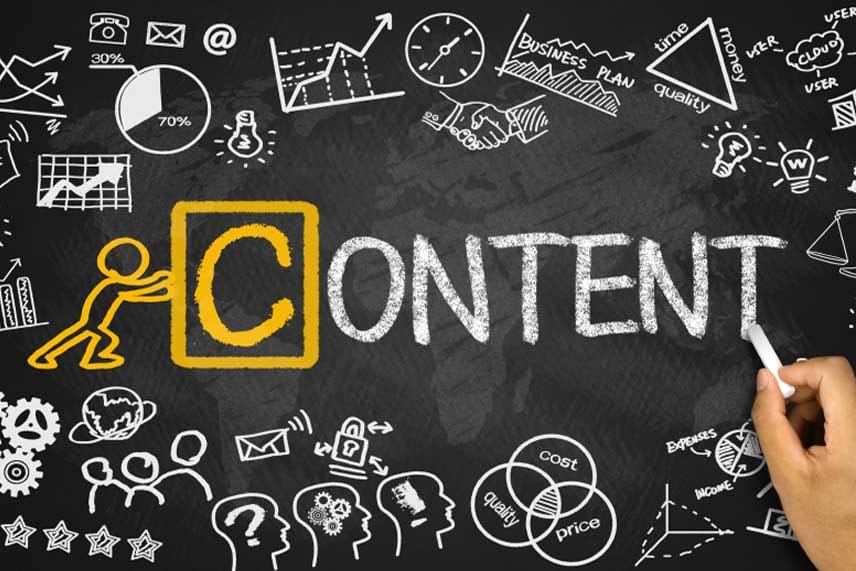- Address : P9FG+V4R, Shimutala, Matigara, Baniakhari
- /
- Email : splogos2022@gmail.com
- Home
- -Blogs Details
Blogs Details

- Aug 19,2024
- Admin
How NOT to lose your website
Losing your website can be a nightmare—whether it's due to hacking, accidental deletion, expired domains, or hosting issues. Fortunately, you can avoid most of these disasters with a few smart precautions and ongoing maintenance. Here's how to keep your website safe, accessible, and under your control.
First and foremost, always backup your website regularly. Whether you’re using WordPress, Shopify, or a custom CMS, ensure that your site is backed up at least weekly (or daily for high-traffic sites). Use reliable backup plugins or hosting services that offer automatic backups. Store copies in multiple locations—such as the cloud and local storage—for extra safety.
Another major threat to your website is security vulnerabilities. Keep your CMS, themes, and plugins updated to the latest versions. Outdated software is one of the most common ways hackers gain access. Install security plugins or firewalls, use strong passwords, enable two-factor authentication, and limit admin access to only trusted users.
Make sure your domain name doesn't expire unexpectedly. Your domain is the address of your website, and if it lapses, someone else can register it. Set your domain to auto-renew and keep your payment information current. Also, use email alerts from your registrar to stay informed of renewal deadlines.
Choose a reputable web hosting provider. Poor-quality hosting can lead to downtime, data loss, and limited support in emergencies. Look for hosts with excellent uptime records, regular backups, strong support, and scalable services.
Avoid making major changes directly on your live website. Use a staging environment to test updates, new designs, or plugins. This ensures your live site remains intact if something breaks during development.
Always have administrator access and credentials securely stored. Whether you're working with a developer or an agency, never give up ownership of your hosting, domain, or CMS account. Keep a record of logins and recovery methods so you’re never locked out.
Lastly, monitor your site’s uptime and performance using tools like UptimeRobot or Google Search Console. If your site goes down, you’ll be alerted immediately and can take action before it affects users or business.
In summary, you can protect your website by taking proactive steps: backing up regularly, securing your systems, maintaining domain ownership, choosing reliable hosting, and keeping full control over your accounts. Treat your website like a digital asset—it deserves the same care and attention as any other vital part of your business.




